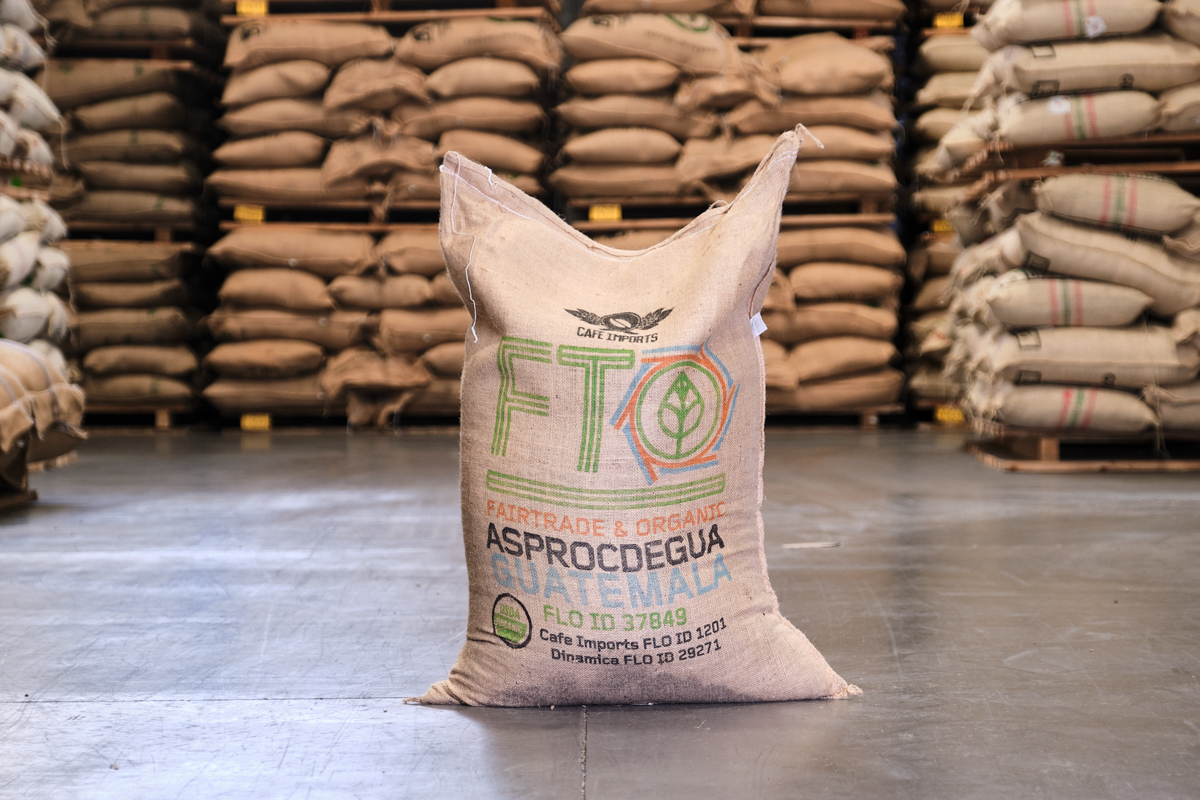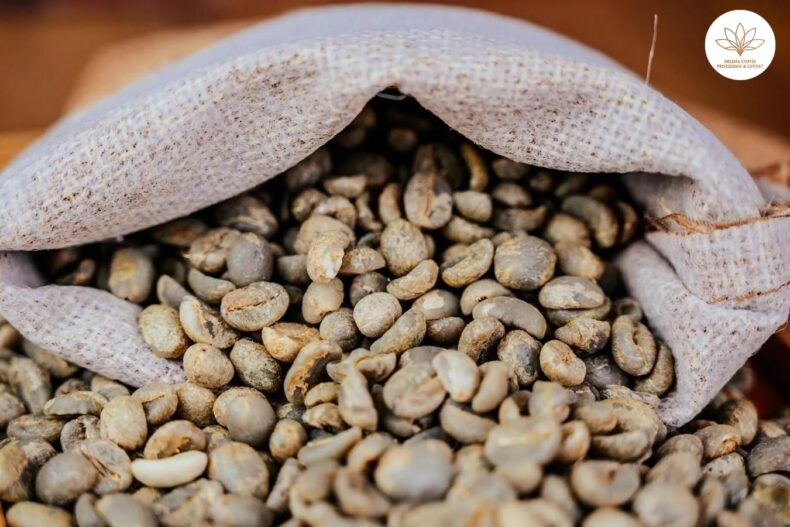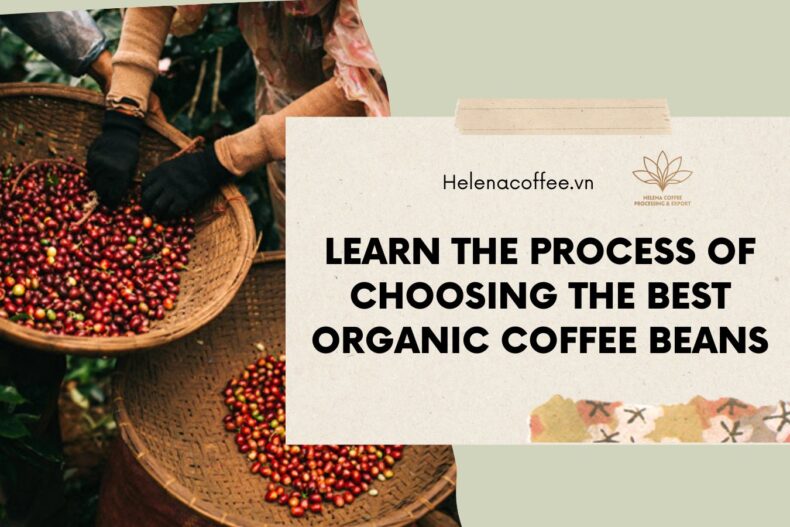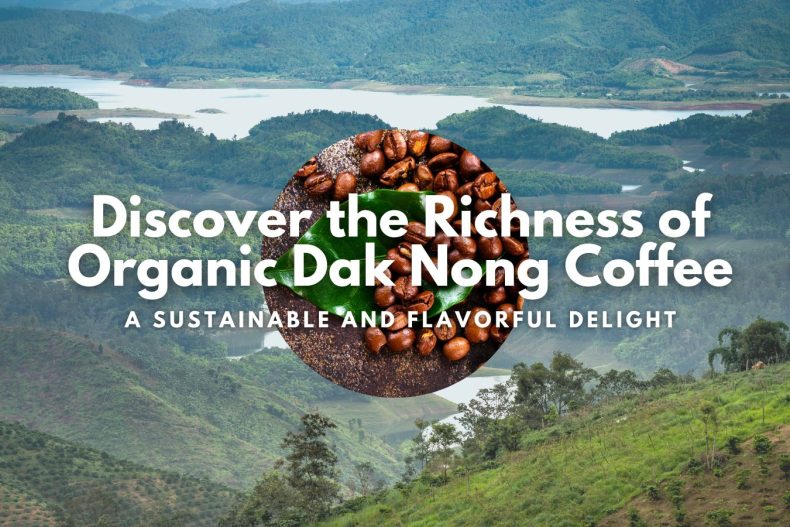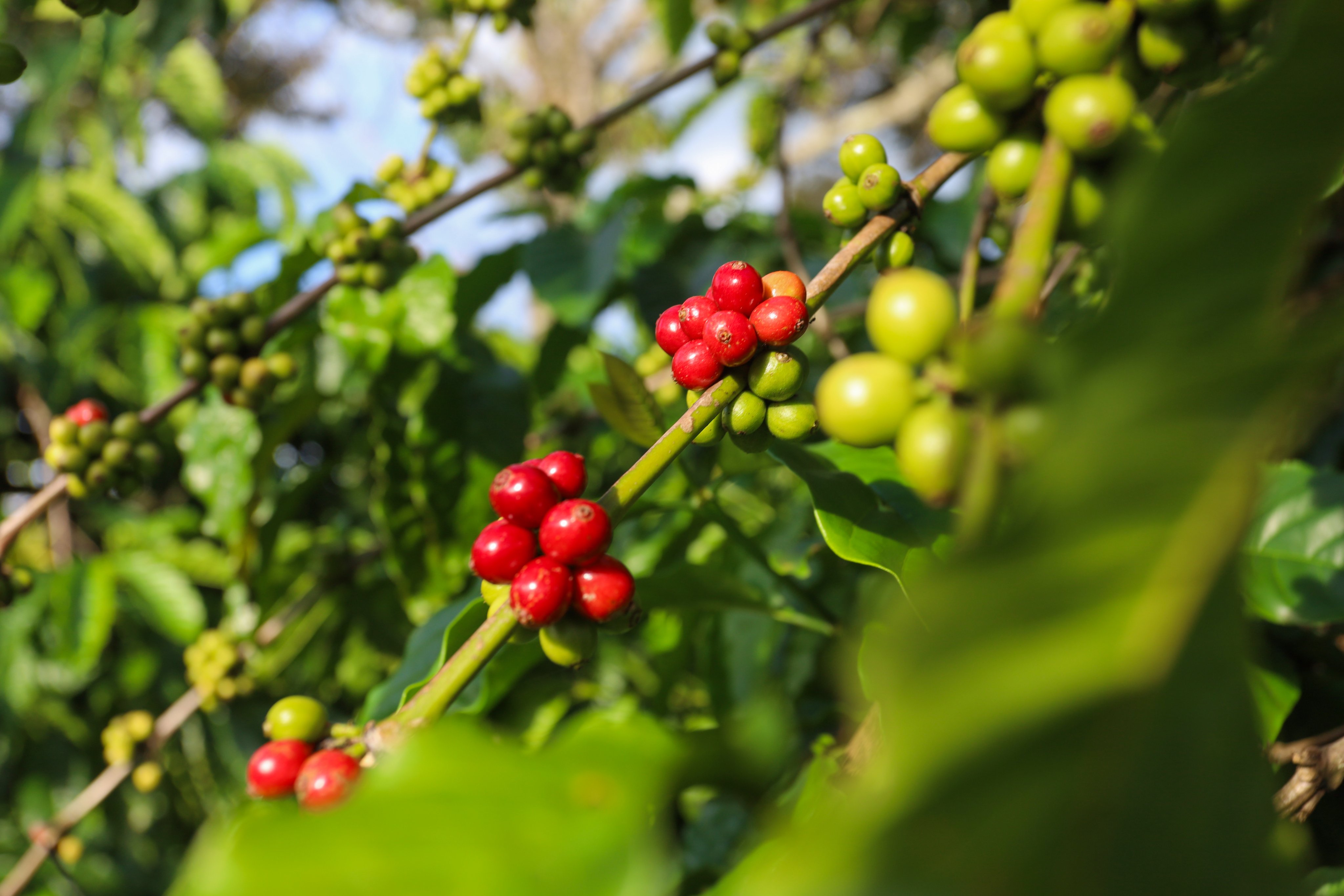
Popular coffee certifications worldwide: Coffee certification is now available at specialized coffee shops, restaurants, grocery shelves, and so on! This is because customers want to know where their Coffee originates from. This is particularly true throughout the food supply chain, and Coffee is no exception. So, does it matter if your Coffee is certified? What does that imply?
Additional posts on standards, marketing, and eco-certification concerns may be found in the following categories:
- Organic Coffee (Organic Coffee), this system is part of Organic Agriculture (Organic agriculture)
- Certified Fair Trade / Fairtrade – fair trade coffee
- Certified by Rainforest Alliance/UTZ
- The coffee program produced by the standard code for the coffee community is called 4C Coffee (The Common Code for The Coffee Community).
- Direct trade – Not really a certificate but a trading movement, so I do not analyze it in the article.
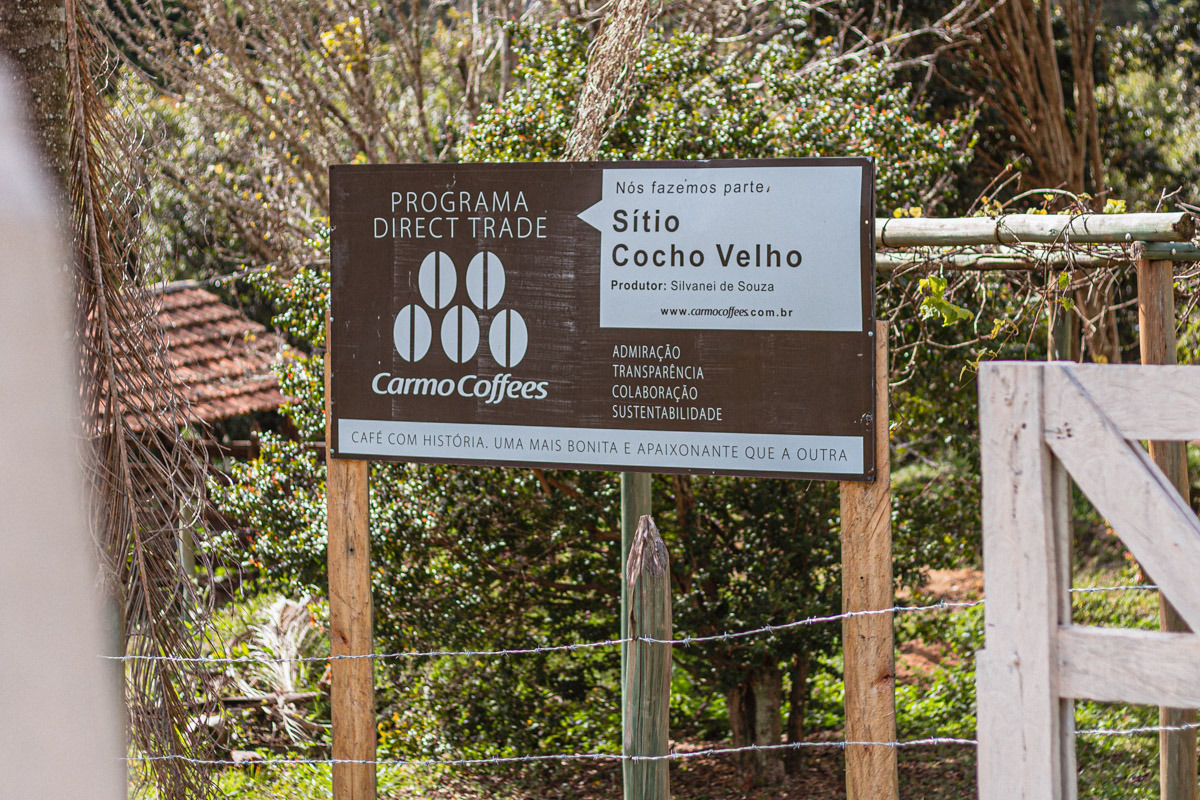
Also, depending on the region (like Latin America), other certifications will apply to the Coffee producing community in that region, such as Shade Grown Coffee, hay Bird Friendly Coffee… Content and how different, but the goal is to grow Coffee sustainably. This section will go deeper into the various coffee tree certifications.
Organic Coffee – Certified Organic Coffee
Organic coffee is Coffee grown using an agricultural production management system that includes mulching the soil with organic materials, controlling shade trees, and ecologically avoiding disease.
That agricultural production management system is based on the principle that an equal value of the harvest must be returned to the land. The use of agrochemicals is also excluded. Meanwhile, Dr. R. Naidu (India) has a more specific definition, which is: Organic Coffee is Coffee produced and processed through the use of products by natural methods. . However, we do not use synthetic fertilizers, pesticides, herbicides, and growth regulators. According to B.Van Elzakker, there is a simple definition of “organic” as no agrochemicals + no chemical fertilizers at a discount.
The US and European Union markets now regulate them through laws such as the US Organic Production Act of 1990 and the European Union’s Organic Agriculture Regulations of 1991. Importing countries hold them. The producing countries must strictly comply with the above laws before such products can be recognized as organic products.
“According to the Center for Tropical Agriculture Research and Teaching in Costa Rica (CATIE), 75% of the world’s organic coffee comes from Latin America. In addition, several Asian and African countries produce Coffee. organic, including Indonesia and Ethiopia.”
Due to the higher costs associated with certification and lower yields due to “poor” growing conditions (since no chemicals are added), organic Coffee typically costs more than non-organic Coffee. Despite being appreciated by many consumers for the benefits not only for their health but also for the health of farmers and the environment, organic Coffee also has many downsides besides benefits. Benefits it brings.
Fair Trade – Fair Trade Coffee
In some cases of the coffee industry, the term is also known as Fair Trade Coffee, Fair Trade Coffee, and Fair Trade Certification.
The Fair Trade Certification is used in at least 50 countries across thousands of products and many Coffee growing countries. The purpose of the certification is to improve living standards through Fair Trade. The Fair Trade Program encourages Coffee importing countries to pay above the standard market price for Coffee to provide higher returns to growers to improve living standards and working conditions. (e.g., occupational health and safety…) Encourage sustainable coffee farming practices.
The primary purpose of Fair Trade is to give farmers a fair opportunity to improve their position in the market. In 1988, a Dutch NGO called Solidaridad launched the initiative to establish the Max Havelaar certification system for Fair Trade coffee (and later for other products) to bring this Coffee to the world. Traditional supermarket channel. Then in 1997, the Fair Trade Labeling Organization (FLO) was formed to unify Fair Trade labeling initiatives in consuming countries.
There are currently 20 active Fair Trade labeling initiatives in 21 countries, creating a massive market for Fair Trade products. Over 240 Cooperatives in 26 countries in Africa, Asia, and Latin America produce Fair Trade certified Coffee.
Rainforest Alliance / UTZ
The Rainforest Alliance emerged in the early 1990s as an eco-friendly coffee certification body called Eco-OK, now known as “Rainforest Alliance Certified.” The Rainforest Alliance’s mission is to integrate efficient agriculture, biodiversity conservation, and human development. The first certified coffee farm was in 1996. The number of countries producing Rainforest Alliance certified Coffee reached 18 countries, including Vietnam.
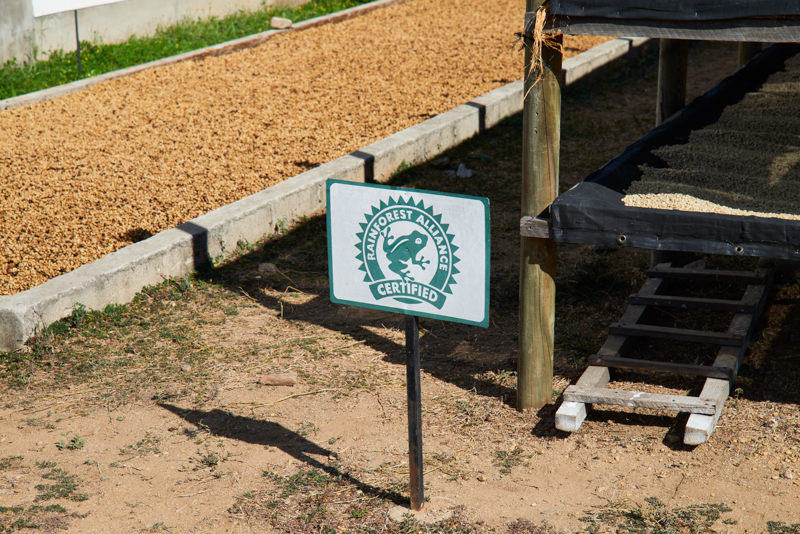
In 2018, the RFA merged with another certification program called UTZ, or Utz Kapeh, which means “good coffee” in the Maya Quiché language. UTZ certification was established in 2002 and focused on a farm code of conduct that sets standards for livestock and crop practices and environmental, human rights, and overall management standards. Similar to RFA. With a new set of combined standards released in 2020, RFA and UTZ align perfectly with their mission and vision, and today we call it the Rainforest Alliance (or Rainforest Alliance / UTZ) as proof. Main receiver.
In partnership with coffee producers in Guatemala, UTZ certification was born in 1997 by the Dutch retail company Ahold, named UTZ Kapek; born in 2000, UTZ became an independent organization before changing its Name. Became “UTZ Certified Good Inside” in 2008.
4C – General rules for the coffee community
The 4C (Common Code for the Coffee Community) was developed by the German Coffee Association and the German government’s Agency for International Development (GTZ) to promote chain sustainability. The “regular” green Coffee and increased volume meet basic sustainability standards.
Participating in the 4C initiative are manufacturers represented by associations, trade unions, non-governmental organizations (NGOs), primary industry corporations such as Nestlé, Sara Lee / Douwe Egberts, Tchibo, and Kraft…

4C builds on fundamental good agricultural and management practices. The Code of Conduct aims to eliminate unacceptable behavior and encourage continuous improvement. Unlike the certification systems mentioned above, 4C only checks conformity does not certify agreement and therefore does not issue certificates. More specifically, the 4C test assesses compliance with the underlying 4C standard, comprising 28 indicators for a complex of environmental, social, and economic concerns.
During the first year of operation 2007/2008, in 21 countries, 4.5 million bags (60kg) of green Coffee passed tests for compliance with 4C standards.
It should be noted that 4C does not allow the use of 4C labels or logos but enables the use of 4C member claims on packaging. The membership statement has nothing to do with the quantity and quality of the Coffee. Still, it is a means for members of the 4C Sector to emphasize that they support the 4C Sustainability Approach. The 4C Association logo may be widely used on publications, websites, and brochures, but not on the packaging.
Shade-Grown Coffee – Coffee is grown in the shade
Plant in a place with shade trees, but also need certification? Of course, it is necessary because:
As simple as Shade-Grown Coffee, Coffee is grown under a tree. Shade trees (forest trees) help naturally protect Coffee from the sun, maintain a more stable temperature and slow down the overall growth of coffee trees and berries. This helps to produce richer, denser beans with a richer flavor.
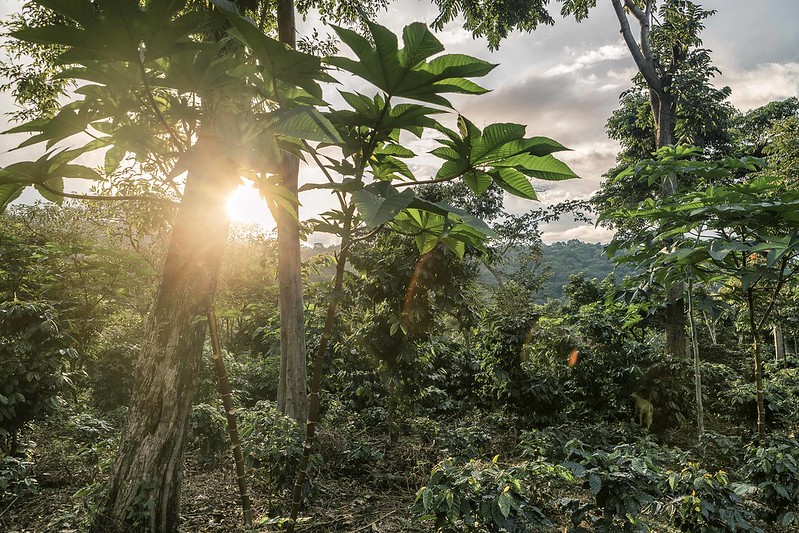
In 2014, WWF found that 52% of the world’s biodiversity had disappeared. Fortunately, many Coffee growing regions have enormous biodiversity, and shade-grown Coffee can reverse or at least slow down that trend.
Bird-Friendly Coffee – Bird-Friendly
It sounds strange… even though it’s true…! Coffee should be bird and wildlife-friendly.
Bird Friendly is a certification created by the Smithsonian Migratory Bird Center (SMBC). The SMBC issues this certification to farmers to promote Coffee grown organically, shaded, and plays a vital role in preserving habitat for Central and South American migratory bird populations. Bird-Friendly was one of the first eco-friendly certification programs for Coffee and helped set the environmental standards now used by other certifications.
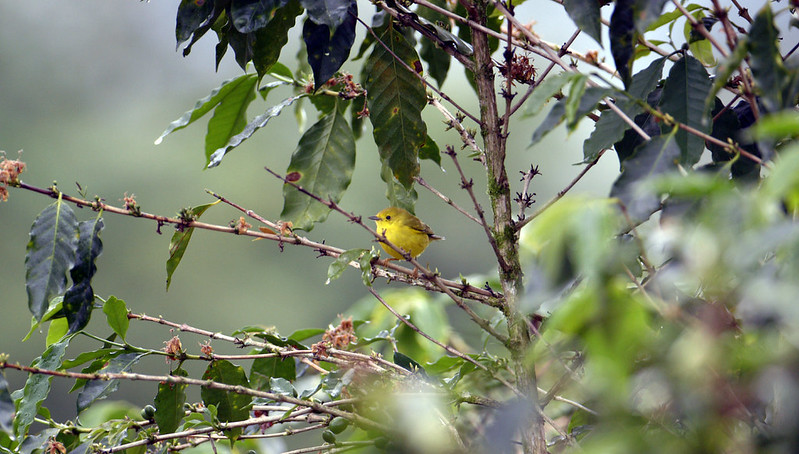
Finally, the above certifications provide many third-party guarantees to consumers. They can endorse eco-friendly farming methods and possibly progress to organic certification. They can ensure that no child labor is involved in coffee production. Some programs focus more on prices paid to farmers. Certification programs often have different focuses. We should educate ourselves about their differences to make individual choices based on the quality of the product and the direction of the program.
Reference source:
- Certified coffee production in Vietnam Coffee Magazine – Topics 5 & 7, 2011
- www.espressocoffeeguide.com/ – A Learning Tool for Coffee Traders;
- www.huffingtonpost.com/ – Coffee: What do the different sustainable coffee certifications mean?

